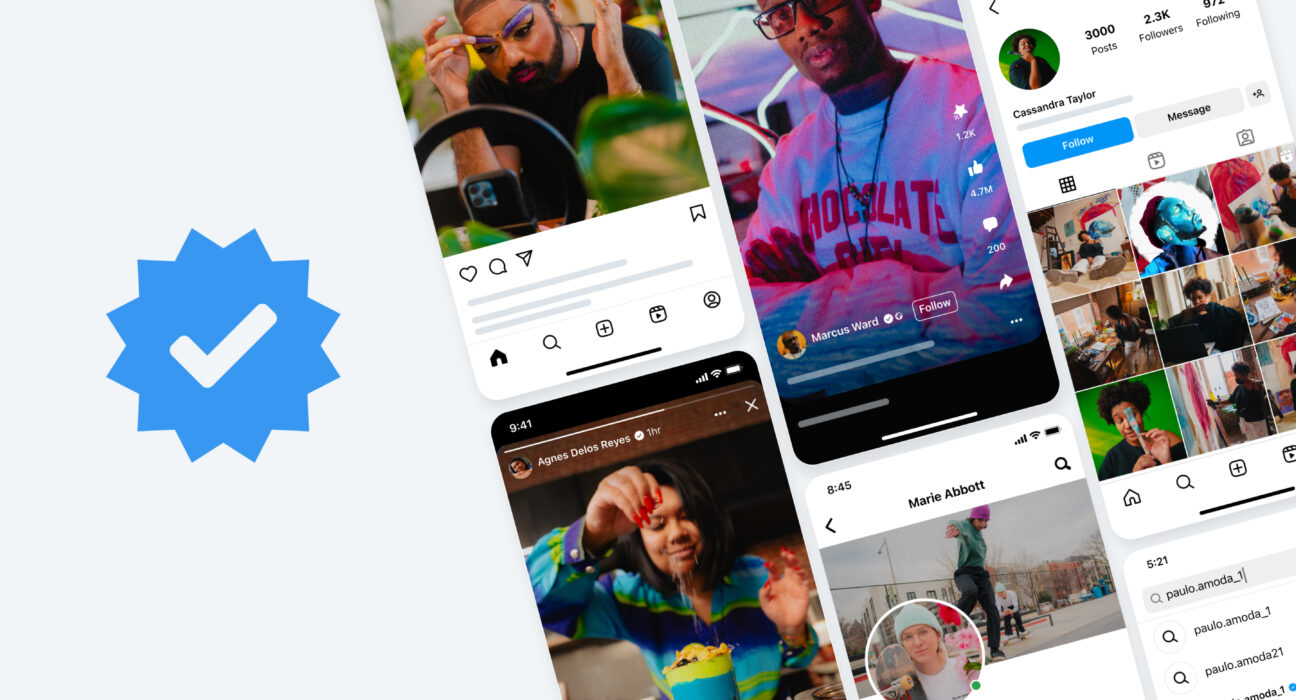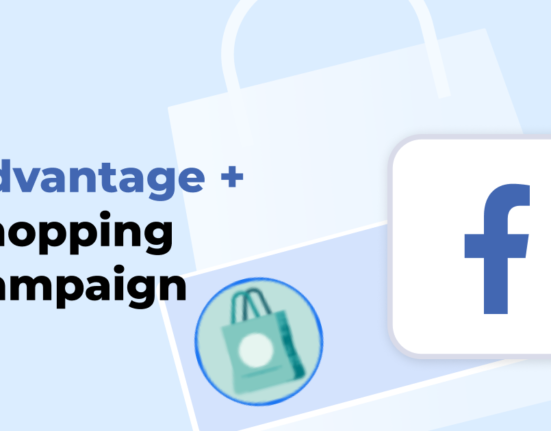The decision to sell social platform verification has raised concerns about the potential impact on the value of the blue checkmark and its significance as a measure of trustworthiness or notability. While Meta is expanding its Meta Verified subscription package, reservations remain regarding the dilution of the checkmark’s meaning and the potential undermining of its perceived value.
Meta Verified Expansion: Access and Positive Feedback
Meta Verified, initially launched for Australian and New Zealand users, offers paying subscribers a verified blue checkmark, dedicated account support, and other features. The program has garnered positive feedback from creators during its initial tests, prompting Meta to expand access and gather further input to enhance its value for subscribers. The expansion will first reach Latin American users and eventually become globally available.
Payment Verification and Identity Confirmation
There are concerns about using payment verification as a means to confirm identity, as it doesn’t provide substantial verification beyond a user’s willingness to pay for a checkmark. Similar to Twitter’s paid verification model, which saw low adoption rates, this approach may not achieve the intended value of identity confirmation. Users may question the authenticity and credibility of accounts that have acquired verification through payment.
Revenue Streams and Declining Trust
Selling verification can serve as an additional revenue stream for Meta and Twitter, aiding them in offsetting losses and addressing economic challenges. However, there may be a broader impact on declining trust in in-app symbols, making it harder for users to differentiate credible information. This potential decline in trust could have significant consequences beyond immediate revenue gains.
LinkedIn’s Alternative Approach: Identity Confirmation
LinkedIn’s approach to verification offers a more sensible alternative. It involves confirming users’ identities through third-party providers and official government IDs, aiming to combat bots and spam without recurring fees. This method prioritizes users based on their identity rather than their financial capacity, aligning verification with real-world confirmation.
E-Commerce Marketers and D2C Brands: Benefits of Meta Verified
The expansion of Meta Verified can provide several benefits to e-commerce marketers and D2C brands:
- Enhanced Credibility: A verified blue checkmark can enhance the credibility and trustworthiness of D2C brands and e-commerce marketers, instilling confidence in potential customers and serving as a signal of legitimacy and authenticity.
- Dedicated Account Support: The program’s dedicated account support can streamline responses and improve customer service for D2C brands and e-commerce marketers. This support helps handle inquiries and engages effectively with the audience, leading to improved customer satisfaction and loyalty.
- Increased Visibility: The verified badge can increase the visibility and reach of D2C brands and e-commerce marketers on social media platforms. Verified accounts often receive preferential treatment in search results and recommendations, exposing them to a wider audience and attracting more potential customers.
- Access to New Features: The expansion of Meta Verified presents an opportunity for D2C brands and e-commerce marketers to access new features and benefits. Meta’s ongoing evolution of the program based on user feedback may introduce additional tools or features that enhance social media marketing strategies and drive better results.
Monitoring the Impact on Trust and Perception
As the prevalence of paid verification increases, it is crucial to monitor how it affects the perception and trustworthiness of the blue checkmark. Users may become more cautious about the credibility and meaning behind these symbols as more individuals buy their way to social media status. It is important to maintain transparency and ensure that verification remains a reliable indicator of trust and notability.











Leave feedback about this